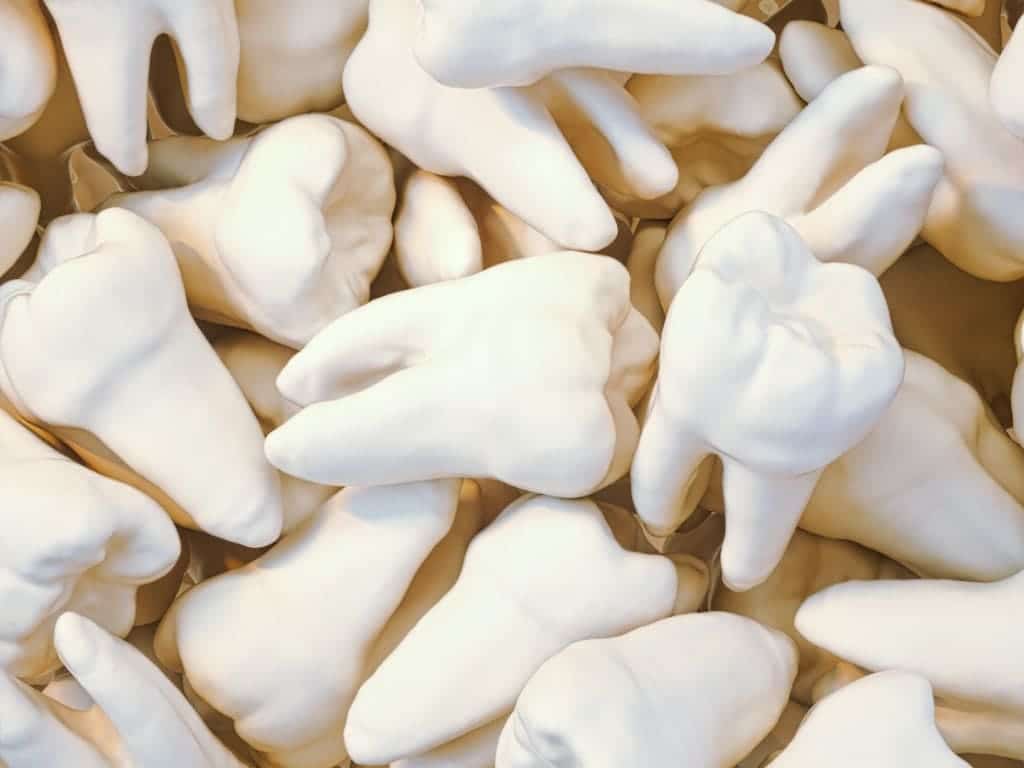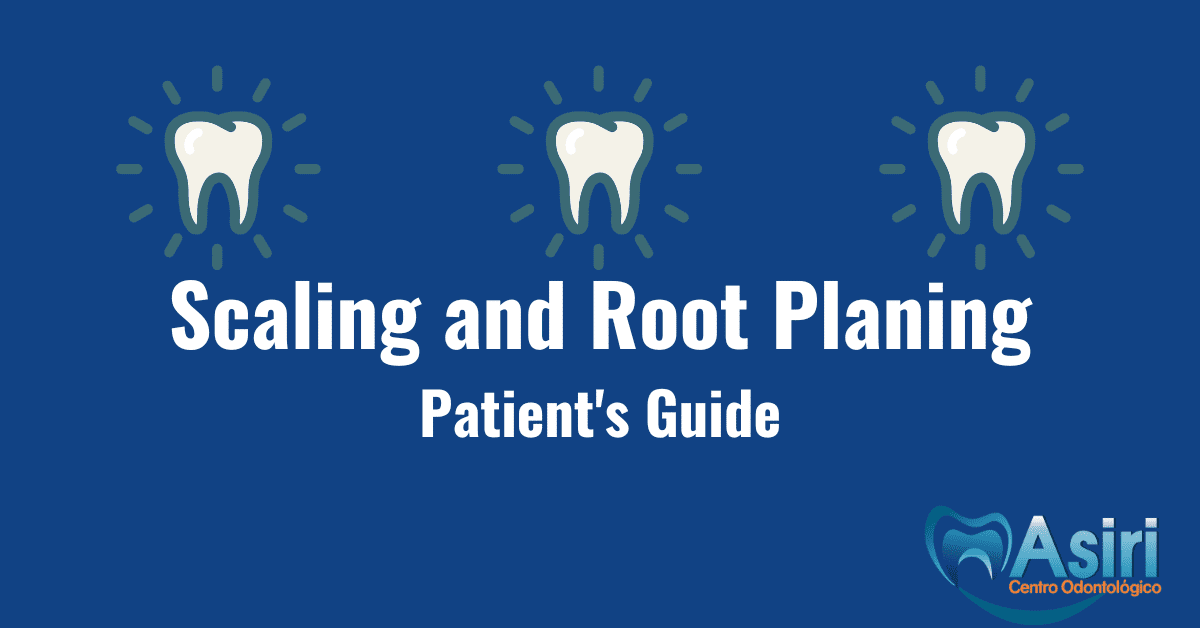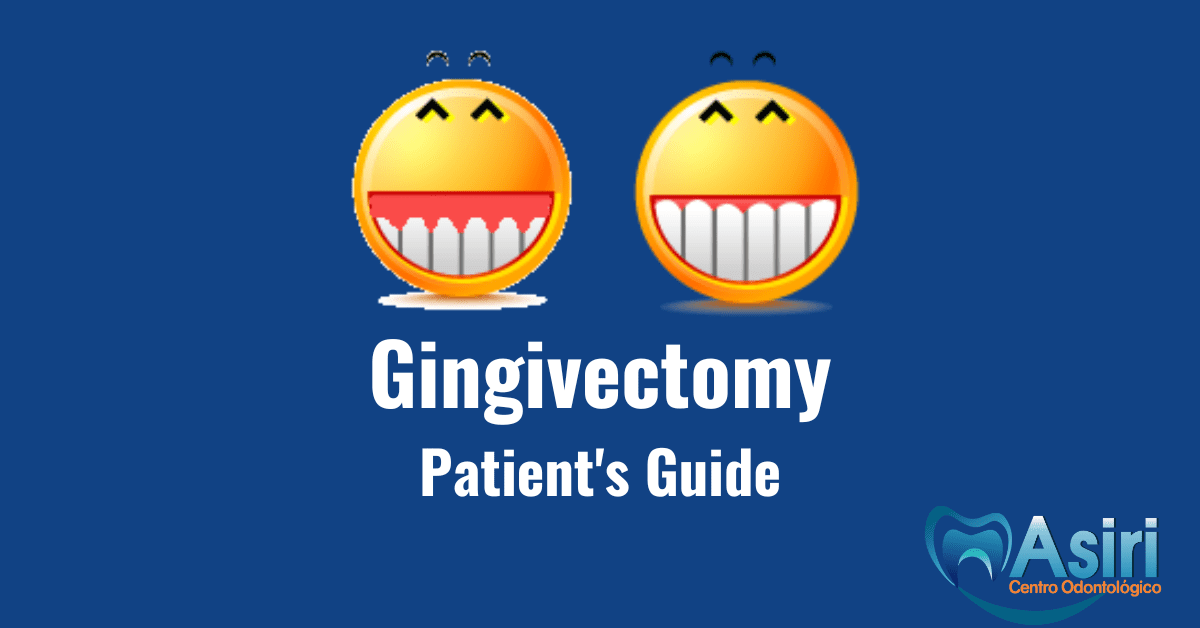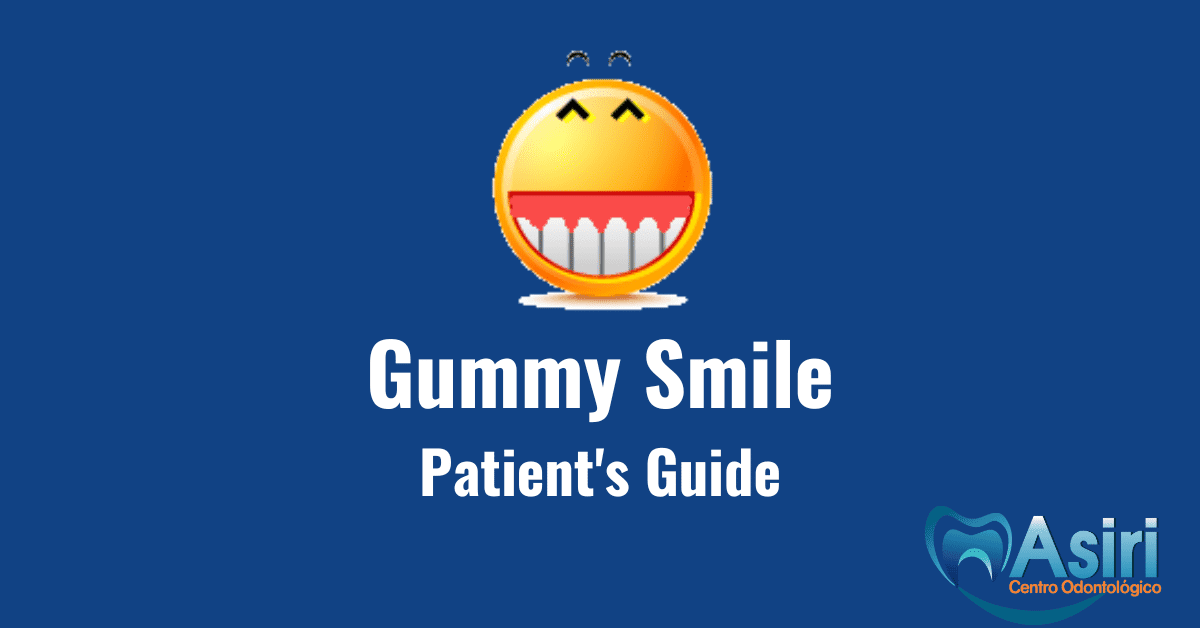Did you know that periodontitis affects 11% of the world population ? [1] That is, there are more patients with periodontitis than with diabetes, depression or asthma [2], AND MANY TIMES PEOPLE DOES NOT KNOW .
Periodontal disease is a really serious issue and that is why at the Asiri Dental Center we want to talk to you about it.
Here you will learn about periodontitis, also known as pyorrhea, its causes, risk factors and factors that contribute to its formation.
You will also learn about treatment and, most importantly, its prevention.

Table of Content
Periodontitis
It is a chronic disease where there is a destruction of the structures that support the teeth , from the gum to the bone, including the ligaments.
Also associated with the accumulation of dental plaque under the gums due to poor dental hygiene.
It prevails in people with specific immune responses that under these conditions generate inflammations such that they affect the supporting structures of the teeth.
There are signs and symptoms of periodontal disease and the main indicator is the presence of periodontal pockets.
The periodontal pockets are deep spaces between the tooth and the gum that are formed when the adhesion between them is lost and the damage or loss of periodontal tissues such as ligament and bone.
The deeper the pocket, the more severe the periodontal disease.
Tip: Periodontitis begins with simple gingivitis and can end in loss of one, two or all of the teeth.
Causes of Periodontitis
The main cause is a set of bacteria found in the dental plaque lodged under the gums.
In turn, dental plaque is formed by poor hygiene, either due to bad habits or because it is not possible to clean in areas that are difficult to access.
These bacteria produce inflammation thus destroying the tissues around the tooth, causing periodontal pockets, mobility and tooth loss.
Risk Factors
There are two factors that increase the chances of suffering from or aggravating periodontal disease:
Smoking
Studies have shown that smokers are more likely to develop periodontitis compared to non-smokers 3, 4.
Smoking has a negative effect on some cells of our immune system (neutrophils), making us weaker in the battle against dental plaque bacteria.
Diabetes
People with uncontrolled diabetes develop a higher risk of contracting periodontal disease, compared to controlled diabetics or people without diabetes [5], [6] .
Diabetes:
- Similar to smoking, it affects the immune system
- Increases our inflammatory response aggravating periodontitis
- Alters the mechanism of regeneration of the supporting tissues of the teeth
- It affects the vessels that carry blood to the periodontal tissues.
Factors that Contribute to Periodontitis
There are additional factors that, if they exist, can promote the appearance of periodontitis, to say:
- Very large dental restorations that prevent cleaning between the teeth
- Very large spaces between the teeth that allow the entry of food and that with chewing is pushed under the gum
- Bad bite that generates collisions between the teeth when biting, although it is true that occlusal traumas are not a risk factor for periodontitis, they accelerate its progress.
- Deformities of the gums that prevent it from adhering to the teeth properly.
- Snoring or breathing regularly through the mouth, as the mouth is drier, increases bacterial plaque.
Repercussions
Here is a list of studies that can help you understand the magnitude of the problem of periodontitis
- Periodontitis is significantly associated with an increased risk of developing complications from COVID-19 [7]
- Evidence suggests that improving oral hygiene could reduce the risk of respiratory infection among subjects who are at risk [8]
Periodontal Disease and Cancer
There are scientific studies that demonstrate the relationship between periodontitis and various types of cancer such as:
- Head and neck cancer [9]
- Prostate cancer [10]
- Pancreatic cancer [11]
- Breast cancers [12]
- Gastric Cancer [13]
- Lung cancer [14]
Tip: Keeping your teeth in your mouth is possible with proper treatment
Treatment
The Content is not intended to be a substitute for professional medical advice, diagnosis, or treatment. Always seek the advice of your physician or other qualified health provider with any questions you may have regarding a medical condition.
Educate the Patient
It is useless to start a periodontal treatment if the patient does not increase their dental hygiene to optimal levels, so the first thing that is done is to educate the patient on:
- Assimilate the importance of removing dental plaque
- Brushing techniques
- Using dental floss or irrigators
Scraping and Root Planing
This treatment consists of a very deep cleaning that reaches the roots of the teeth.
It is done manually with special instruments to be able to reach those deep areas.
Eliminates dental calculus that forms under the gums and causes periodontal disease.
Periodontal Re-evaluation
After a few weeks, a periodontal re-evaluation is performed where the depth of the periodontal pockets is determined.
If necessary, another scrapping could be indicated until periodontal health is achieved.
If several scrappings are performed and the disease persists and your trusted periodontist in Quito considers it, a surgical stage can be started to definitively solve the periodontal problem.
Prevention of Periodontitis
As I indicated at the beginning, the cause of dental plaque accumulation is mainly due to poor dental hygiene, therefore you should:
- Brush WELL three times a day or after each meal.
- Use adequate dental floss or irrigators after each brushing
- Visit your trusted dentist every 6 months for an ultrasonic dental checkup and prophylaxis.
- If you have any of the risk factors, you should visit the dentist every 3 months.
Conclusions
It is incredible as a disease whose prevention is so simple has a prevalence of 11% of the world population↗
I invite you to make a habit of the points that we indicate in the prevention section and if you already have them, teach them to all your friends and family.
At Asiri, we don’t want you to be part of the statistics with periodontal disease and that is why I wrote this article.
References
| 1. | Richards, D. Review finds that severe periodontitis affects 11% of the world population. Evid Based Dent [Internet]. 2014 Sep 1 [cited 2022 Nov 6];15(3):70–71. Disponible en: https://doi.org/10.1038/sj.ebd.6401037 |
| 2. | TaeHyun Kwon, Ira B. Lamster, Liran Levin. Current Concepts in the Management of Periodontitis. International Dental Journal [Internet]. 2021[citado 2022 Nov 6];71(6):462-476. Disponible en: https://doi.org/10.1111/idj.12630. |
| 3. | Al Kawas, S., Al-Marzooq, F., Rahman, B. et al. The impact of smoking different tobacco types on the subgingival microbiome and periodontal health: a pilot study. Sci Rep [Internet]. 2021 ene 13 [citado 2022 Nov 6]; 11(1):1113. Disponible en: https://doi.org/10.1038/s41598-020-80937-3 |
| 4. | Calsina G, Ramón JM, Echeverría JJ. Effects of smoking on periodontal tissues. J Clin Periodontol [Internet]. 2002 Aug [citado 2022 Nov 6];29(8):771-6. Disponible en: https://doi.org/10.1034/j.1600-051x.2002.290815.x |
| 5. | Graves DT, Ding Z, Yang Y. The impact of diabetes on periodontal diseases. Periodontol 2000 [Internet]. 2020 Feb [citado 2022 Nov 6];82(1):214-224. disponible en: https://doi.org/10.1111/prd.12318 . PMID: 31850631. |
| 6. | Stanko P, Izakovicova Holla L. Bidirectional association between diabetes mellitus and inflammatory periodontal disease. A review. Biomed Pap Med Fac Univ Palacky Olomouc Czech Repub [Internet]. 2014 [citado 2022 Nov 6];158(1):35-8. Disponible en https://doi.org/10.5507/bp.2014.005 |
| 7. | Alnomay N, Alolayan L, Aljohani R, Almashouf R, Alharbi G. Association between periodontitis and COVID-19 severity in a tertiary hospital: A retrospective cohort study. Saudi Dent J [Internet]. 2022 [Citado 2022 Nov 11];34(7):623–8. Disponible en: http://dx.doi.org/10.1016/j.sdentj.2022.07.001 |
| 8. | Bansal M, Khatri M, Taneja V. Potential role of periodontal infection in respiratory diseases – a review. J Med Life [Internet]. 2013 Sep 15 [citado 2022 Nov 9];6(3):244-8. PMID: 24155782; PMCID: PMC3786481. Disponible en: https://www.ncbi.nlm.nih.gov/pmc/articles/PMC3786481/ |
| 9. | Zeng X-T, Deng A-P, Li C, Xia L-Y, Niu Y-M, Leng W-D (2013) Periodontal Disease and Risk of Head and Neck Cancer: A Meta-Analysis of Observational Studies. PLoS ONE 8(10): e79017 [Internet]. Disponible en. https://doi.org/10.1371/journal.pone.0079017 |
| 10. | Guo Z, Gu C, Li S, Gan S, Li Y, Xiang S, Gong L, Wang S. Periodontal disease and the risk of prostate cancer: a meta-analysis of cohort studies. Int Braz J Urol. [Internet] 2021 Nov-Dec;47(6):1120-1130. https://doi.org/10.1590/S1677-5538.IBJU.2020.0333 |
| 11. | Maisonneuve P, Amar S, Lowenfels AB. Periodontal disease, edentulism, and pancreatic cancer: a meta-analysis. Ann Oncol [Internet]. 2017 May 1;28(5):985-995. Disponible en https://doi.org/10.1093/annonc/mdx019 |
| 12. | Shao J, Wu L, Leng WD, Fang C, Zhu YJ, Jin YH and Zeng XT (2018) Periodontal Disease and Breast Cancer: A Meta-Analysis of 1,73,162 Participants. Front. Oncol. 8:601. Disponible en https://doi.org/10.3389/fonc.2018.00601 |
| 13. | Yin X-H, Wang Y-D, Luo H, Zhao K, Huang G-L, Luo S-Y, et al. (2016) Association between Tooth Loss and Gastric Cancer: A Meta-Analysis of Observational Studies. PLoS ONE 11(3): e0149653. https://doi.org/10.1371/journal.pone.0149653 |
| 14. | Zeng XT, Xia LY, Zhang YG, Li S, Leng WD, Kwong JS. Periodontal Disease and Incident Lung Cancer Risk: A Meta-Analysis of Cohort Studies. J Periodontol. 2016 Oct;87(10):1158-64. Disponible en https://doi.org/10.1902/jop.2016.150597 |




